Perhaps the most popular drink at the dinner table, it seems impossible that the complexities and nuances of red wine were discovered by accident. Stored fruit in ancient civilizations inevitably had to become fermented at some point, however, and naturally, this led to stumbling upon one of the greatest pleasures we know and cherish today.
Since those ancient times, technology and technique have both advanced significantly, allowing us to really understand the process of winemaking and to learn how to accentuate our favorite flavors and textures. As sophisticated as the process has become, it is still the same few steps it’s always been, if only in essence:
- Pick
- Crush
- And ferment
Now, let’s take a look at these steps more carefully.
The Difference is in the Skins
We’re huge fans of white wine, no question about it. There are a few stark differences between white wine and red wine, however—namely, of course, the color.
So, what causes this and the other differences between them?
Although both types of wine go through basically the same steps, one of the biggest differentiators is the order these steps take place in. With white wines, the grapes are pressed before fermentation. With red wine, the skins of the grapes are allowed to mingle with the fermentation process, which brings extra color, flavor, and texture into the mix. This is a small detail, but it makes all the difference when picking out the appropriate bottle for dinner. This is also an example of the subtle nuances in winemaking—seemingly small changes can manifest in stark differences.
Picking Makes Perfect
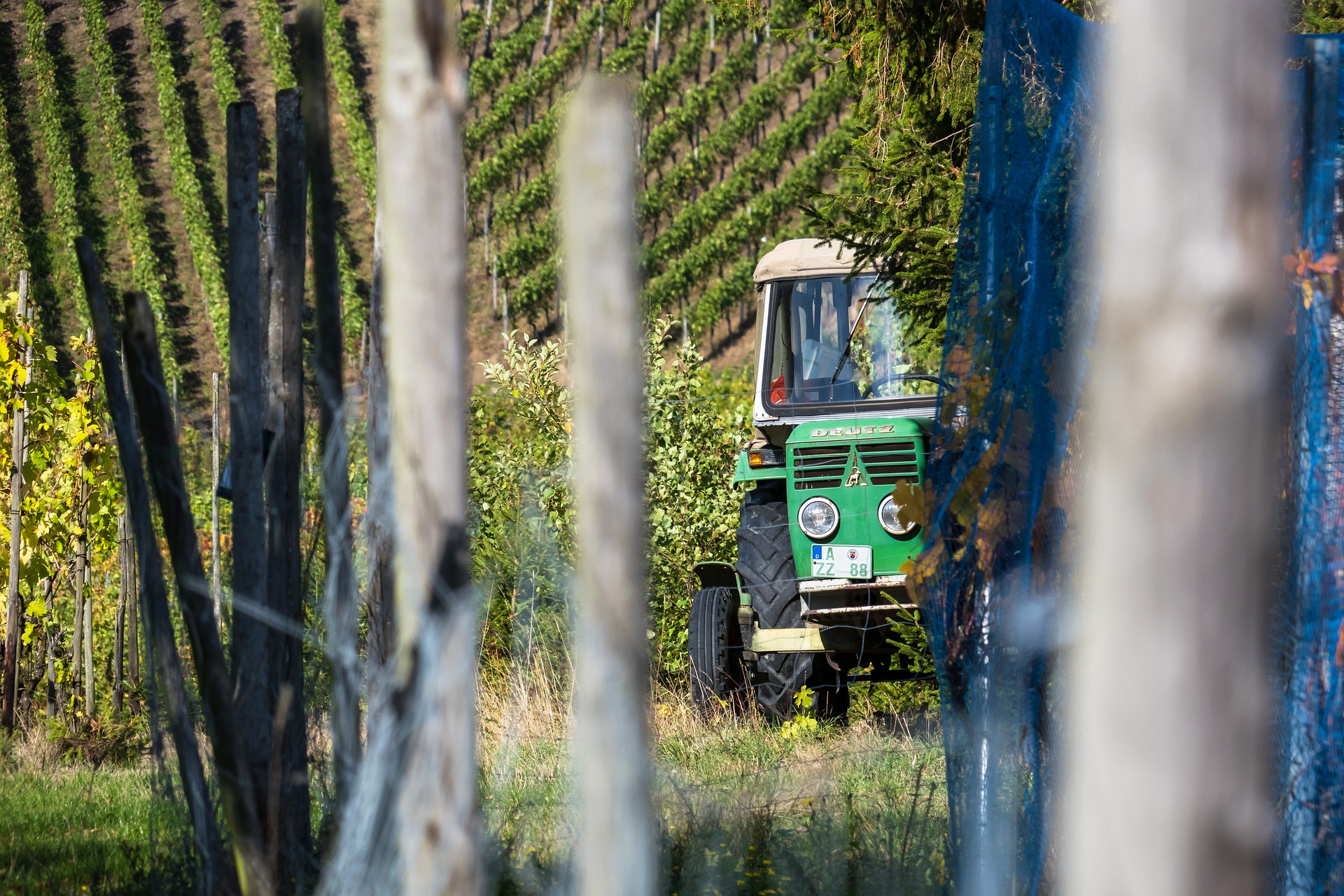
Vines require a bit of patience, because grapevines typically won’t produce quality fruit crops until their third year of growing. And even then, grapes will only grow on stalks that are a year old. This makes pruning of crucial importance, since a vine full of older stalks won’t produce grapes and will instead use valuable nutrients to keep fruitless branches alive. This means grapes lower in quality and quantity.
Once vines have been carefully aged and cared for, good crops will be able to grow. Harvesting can happen anytime between late summer and early fall, even weeks after the grapes have gone form green to a rich red—almost even black and blue. This period of ripening and coloring is called veraison.
It’s at this point, when the grapes are perfectly ripe and ready, that they’re picked. Unlike other fruit, grapes don’t continue to ripen after picking.
The harvesting process can typically go one of two ways. Clusters and bunches of grapes can either be cut off of the vines by hand or by machinery. The machines used are self-propelled and knock the grapes off of the branches, picking up both individual grapes and residual juices.
After all of this, the grapes still aren’t ready for the process just yet! Once at the winery, winemakers will sort out unfit berries and raisins, as well as sift out leaves and other debris. The bunches are then put through a de-stemmer, which separates the grapes from the stems. The de-stemmer may also slightly squeeze or crush the grapes, which can help get those juices flowing.
Fermentation, a Pressing Subject
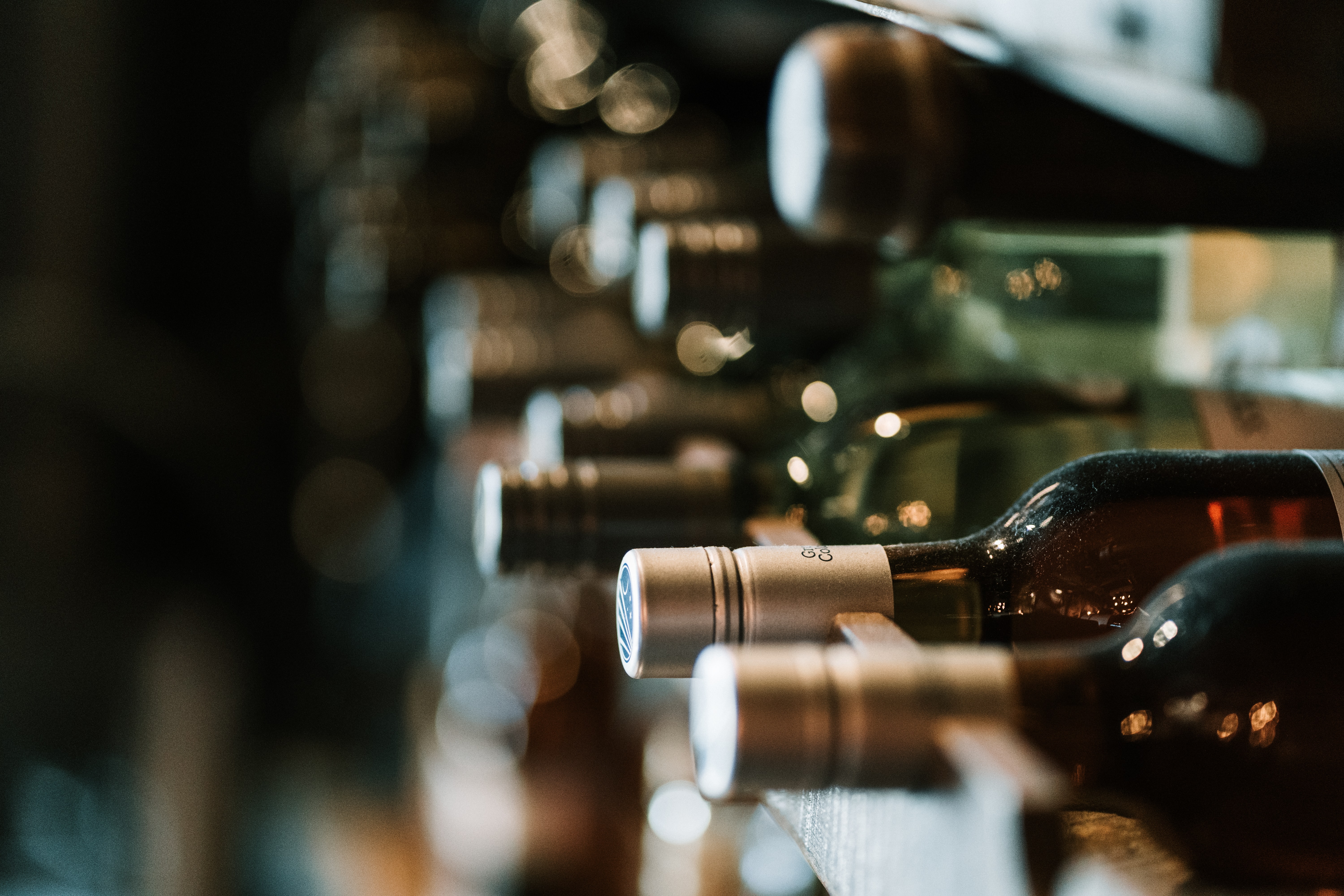
Up next are the fermentation and pressing processes. This is the step in which the grapes and juices go form delicious and sugary to delicious and booze-y.
The newly destemmed skins, juice, and seeds all put together is known as must. The must can go straight into fermentation, but many winemakers let it sit for a day in a process called cold soaking. Essentially, before any alcohol is actually created, this lets some extra color and flavor to be brought out of the skins.
Going into the fermentation processes, there are two major styles. Some winemakers will add yeast to facilitate the process, and some winemakers will let the natural yeast in the environment guide the fermentation. The latter is more reminiscent of that serendipitous discovery of alcohol from accidentally-fermented grapes. In either case, the yeast then does the important work: turns the sugar into alcohol. Red wine is usually fermented at a higher temperature than white wine and is allowed to keep fermenting until all the sugar has been used up. This is precisely what gives red wine its dryness.
During this fermentation process, the skins will form a cap on top of the must. This cap needs to be mixed back into the must, often several times per day. Winemakers have different ways of doing this, from rehydrating the cap with juices from the must to pounding it back in. This helps release some unwanted biproducts of the fermentation and helps regulate the heat.
From here, the must is moved into the wine presses. And then the process is pretty straightforward. Juices are separated from the seeds and skins, and the skins are pressed to get any extra juice out. This extra juice is known as pressed wine. Even the pressing, however, is a nuanced process. The lighter the press, the lighter your resulting color. But the harder the press, the harsher the tannins, sometimes even too harsh.
Maturity with Age
Another critically important step in winemaking that was also discovered by mistake is how red wine is commonly aged in oak barrels.
Before glass was a household commodity, wine could not be stored or transported in expensive bottles. Instead, it was kept in wood barrels—and that made all the difference. What winemakers stumbled on when storing their wine in barrels (out of necessity) was that keeping wine in oak barrels improves the quality and flavor of the wine in several ways.
Much like a tea bag, the flavors in the oak soak into the wine as it ages, which is where we get some of our favorite, earthy tasting notes like vanilla and smoke. Barrels also let oxygen slowly enter and react with the wine, which gives us smoother sips. Many other useful metabolic reactions are promoted with aging in oak barrels. This aging process can take anywhere from a few months to a few years, depending on each specific winery.
From the Barrel to the Dinner Table
Rounding out the process, once the wine has been sufficiently aged, it’s time to filter and bottle. Some winemakers opt to bottle directly, some go for a course filtration that gets rid of any extra sediment, or a sterile filtration, which gets rid of any remaining yeast and microbes to make sure your wine won’t go bad.
Some final chemical adjustments are made and oxygen is completely removed from the bottle before filling it up and corking it. From here, a label is slapped on and the bottle is shipped out, ready to be picked up by you and enjoyed sip by sip. Visit our shop to pick which will be the next bottle on our table.
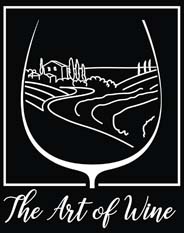
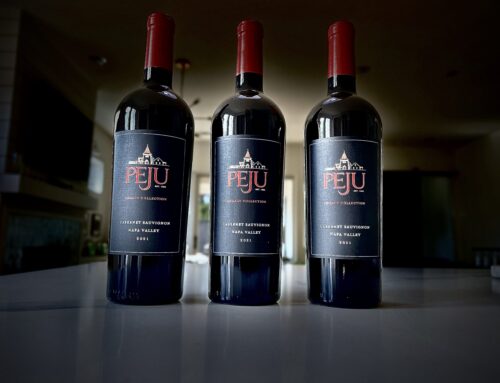

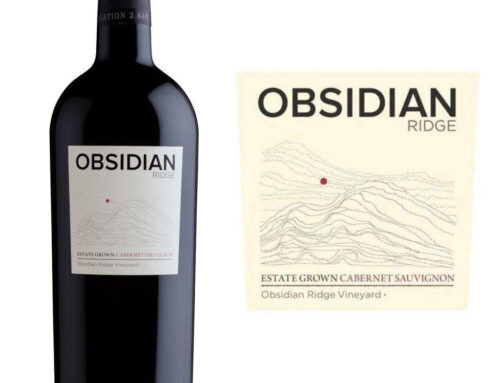
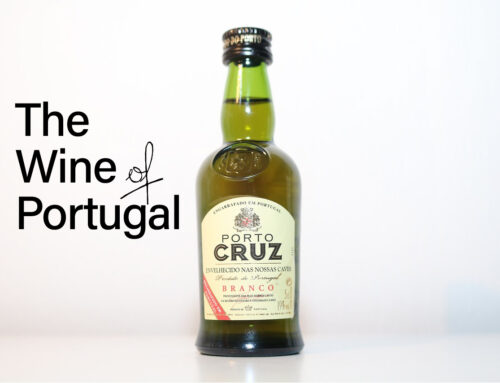

Leave A Comment